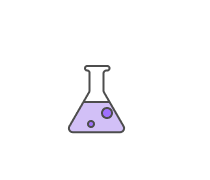AP Chemistry Chapter 1 Quiz (Part 2)
2.
You may optionally provide this to label your report, leaderboard, or certificate.
Submit
×
Thank you for your feedback!
















